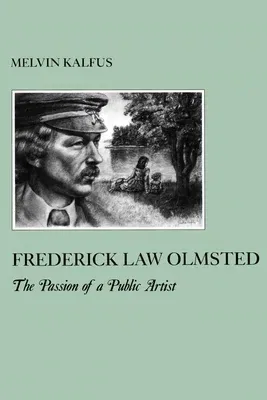Frederick Law Olmsted's career as a landscape architect was long and
varied. The best-known fruits of that career were surely the great urban
parks: Central Park in Manhattan, Prospect Park in Brooklyn, Franklin
Park in Boston. But most of this took place after the Civil War. Prior
to 1865, Olmsted had built a public reputation as an author and
journalist (producing three historically important books on slavery and
the antebellum South) and as General Secretary of the Sanitary
Commission of the Union Forces, the committee in charge of organizing
medical treatment for the military during the war. He had also
previously been an apprentice merchant, a seaman, a farmer, and manager
of a mining plantation in California. His life had been marked by
innumerable illnesses and accidents. His personality was notable for its
contentiousness and obsessiveness.
Working from Olmsted's own personal and professional writings, Melvin
Kalfus seeks to establish in this, the first biography of Olmstead to
appear in a decade and a half, the connections between the many facets
of Olmstead's life and work. Kalfus shows how Olmsted's childhood
afflictions provided him with the inner sources of his creative
imagination, provided the symbolism that was the linguistic and visual
vocabulary employed in his work, fired his ambition, and led him so
obsessively to seek the world's esteem through his works. Finally,
Kalfus argues that Olmsted's individual psychodynamics fitted him
uniquely to the role of the creative professional in public life-- the
agent (or "delegate") for his society's needs-- needs that were unspoken
as well as spoken.

